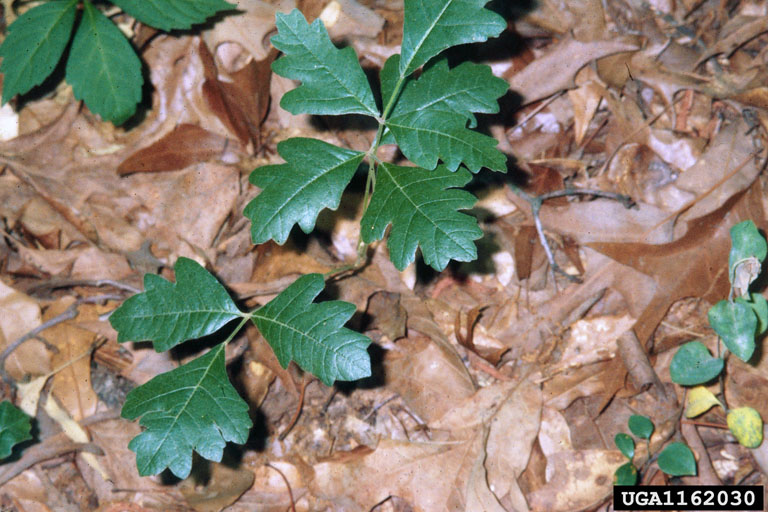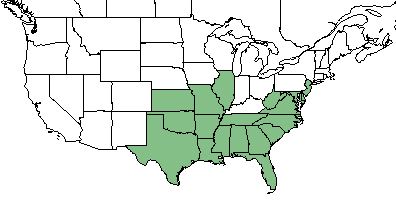Difference between revisions of "Toxicodendron pubescens"
| Line 25: | Line 25: | ||
==Ecology== | ==Ecology== | ||
===Habitat=== <!--Natural communities, human disturbed habitats, topography, hydrology, soils, light, fire regime requirements for removal of competition, etc.--> | ===Habitat=== <!--Natural communities, human disturbed habitats, topography, hydrology, soils, light, fire regime requirements for removal of competition, etc.--> | ||
| + | This species is very common in sandhills but can also be found in dry woodlands and dry rock outcrops in the Piedmont and mountains.<ref name="Weakley 2015"/> | ||
<!--===Phenology===--> <!--Timing off flowering, fruiting, seed dispersal, and environmental triggers. Cite PanFlora website if appropriate: http://www.gilnelson.com/PanFlora/ --> | <!--===Phenology===--> <!--Timing off flowering, fruiting, seed dispersal, and environmental triggers. Cite PanFlora website if appropriate: http://www.gilnelson.com/PanFlora/ --> | ||
<!--===Seed dispersal===--> | <!--===Seed dispersal===--> | ||
Revision as of 13:15, 21 December 2017
| Toxicodendron pubescens | |
|---|---|

| |
| Photo by David J. Moorhead, University of Georgia, Bugwood.org hosted at Forestryimages.org | |
| Scientific classification | |
| Kingdom: | Plantae |
| Division: | Magnoliophyta - Flowering plants |
| Class: | Magnoliopsida - Dicots |
| Order: | Sapindales |
| Family: | Anacardiaceae |
| Genus: | Toxicodendron |
| Species: | T. pubescens |
| Binomial name | |
| Toxicodendron pubescens Mill. | |

| |
| Natural range of Toxicodendron pubescens from USDA NRCS Plants Database. | |
Common Name(s): poison oak[1], Atlantic poison oak[2]
Contents
Taxonomic Notes
Description
Distribution
Ecology
Habitat
This species is very common in sandhills but can also be found in dry woodlands and dry rock outcrops in the Piedmont and mountains.[1]
Conservation and Management
Cultivation and restoration
Photo Gallery
References and notes
- ↑ 1.0 1.1 Weakley A. S.(2015). Flora of the Southern and Mid-Atlantic States. Chapel Hill, NC: University of North Carolina Herbarium.
- ↑ USDA, NRCS. (2016). The PLANTS Database (http://plants.usda.gov, 21 December 2017). National Plant Data Team, Greensboro, NC 27401-4901 USA.